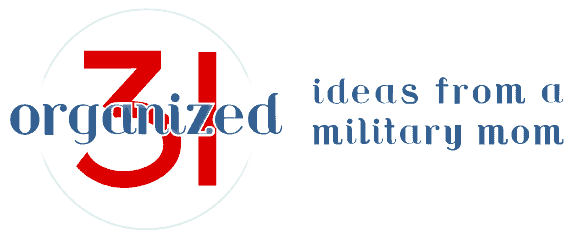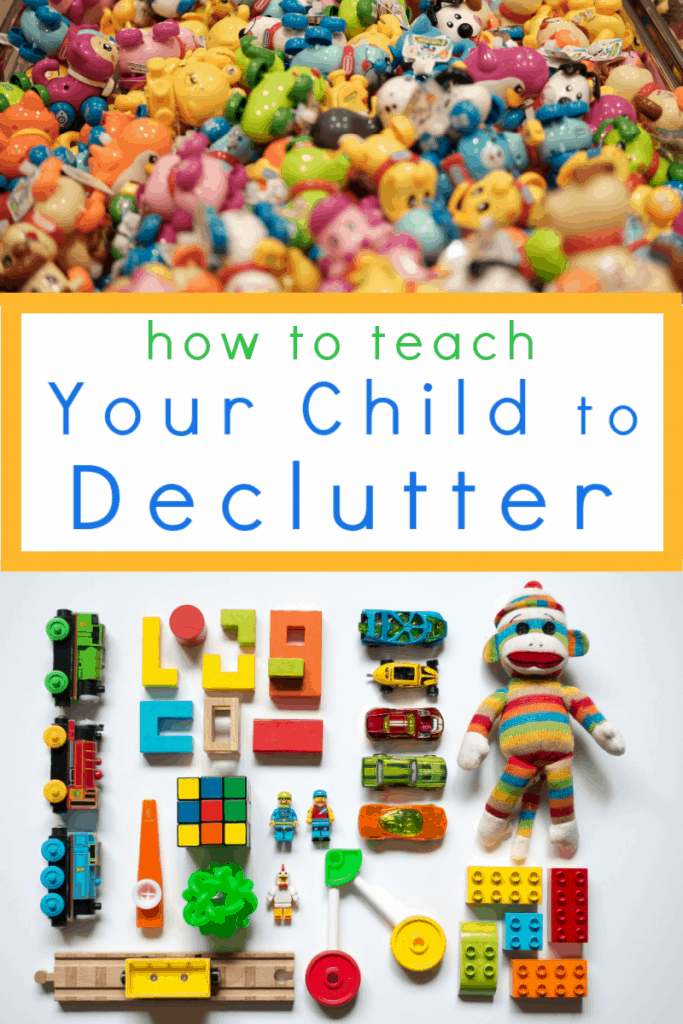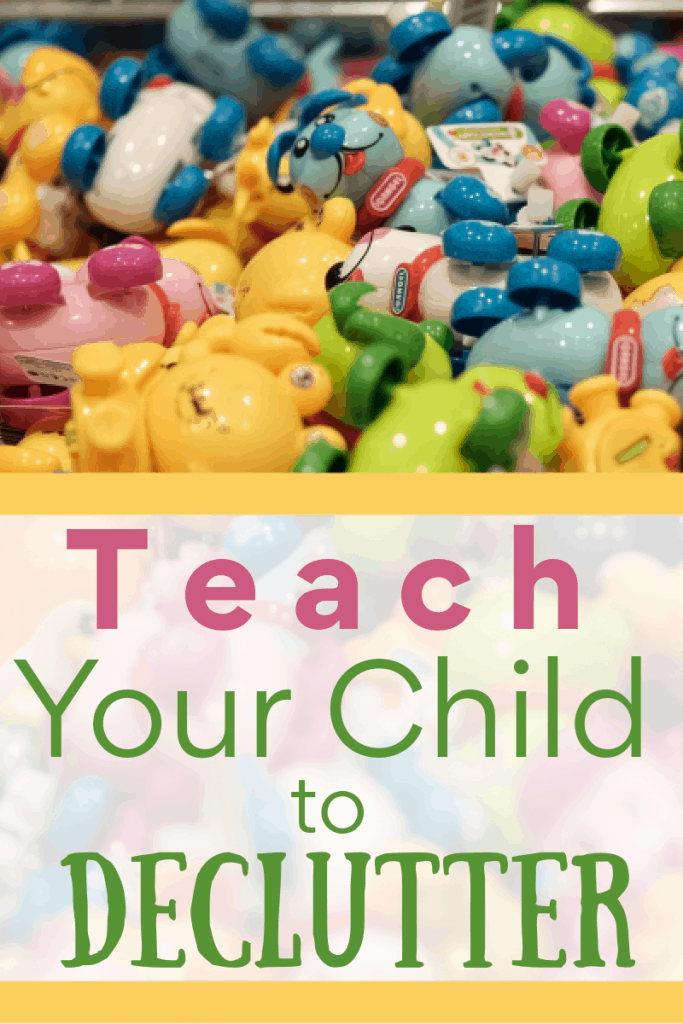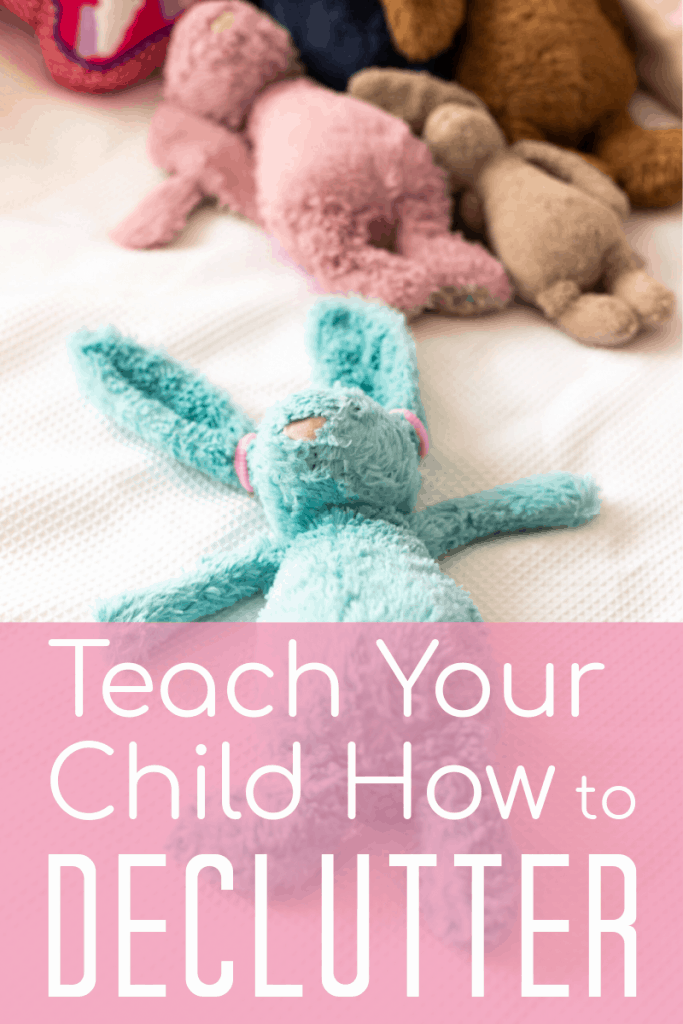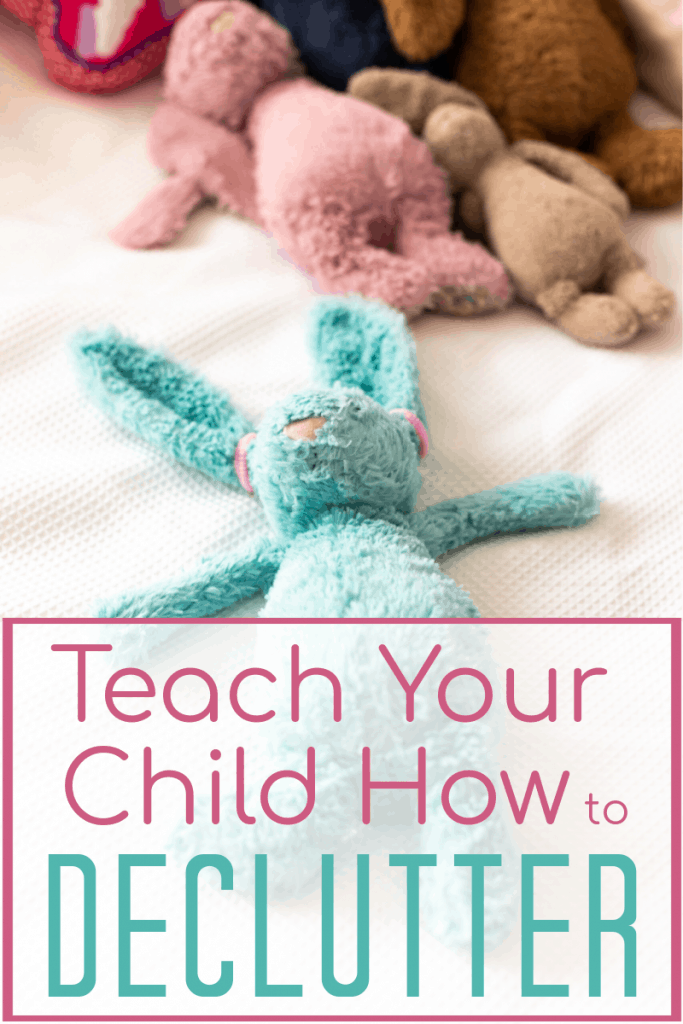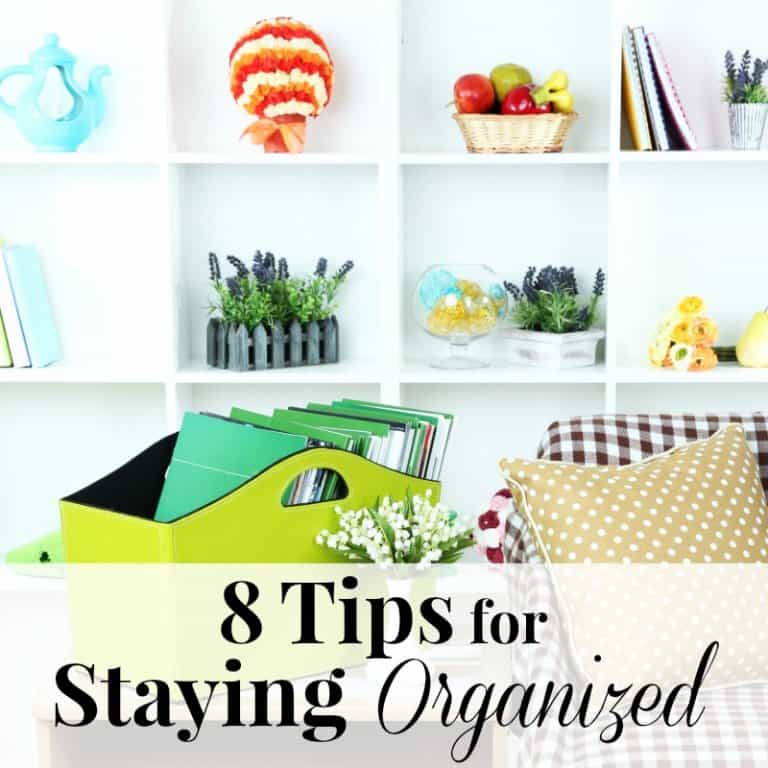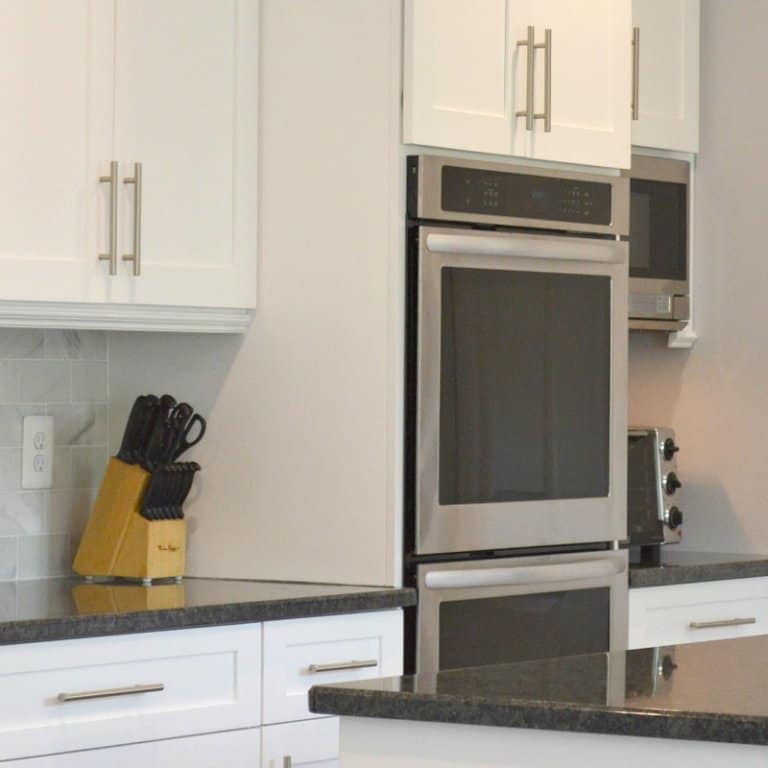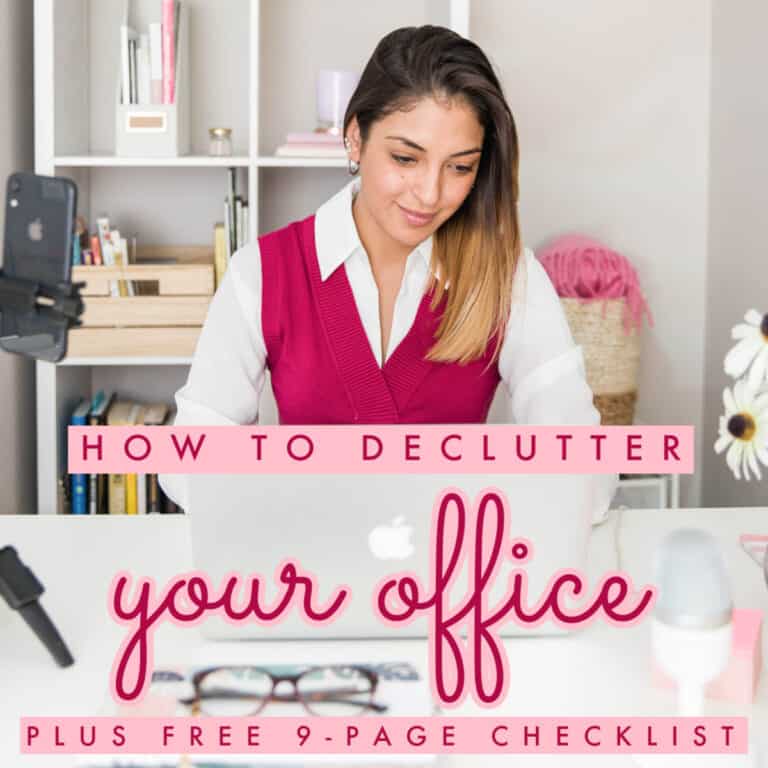How to Teach your Child to Declutter
This post may contain affiliate links provided for your convenience. We earn commissions if you shop through the links on this page. I am also an Amazon Associate and earn from qualifying purchases Read my full disclosure policy.
As a professional organizer and parent educator, there is one question I’m asked again and again – and it’s how to teach your child to declutter their room. If this is something your family has struggled with, you’re not alone.
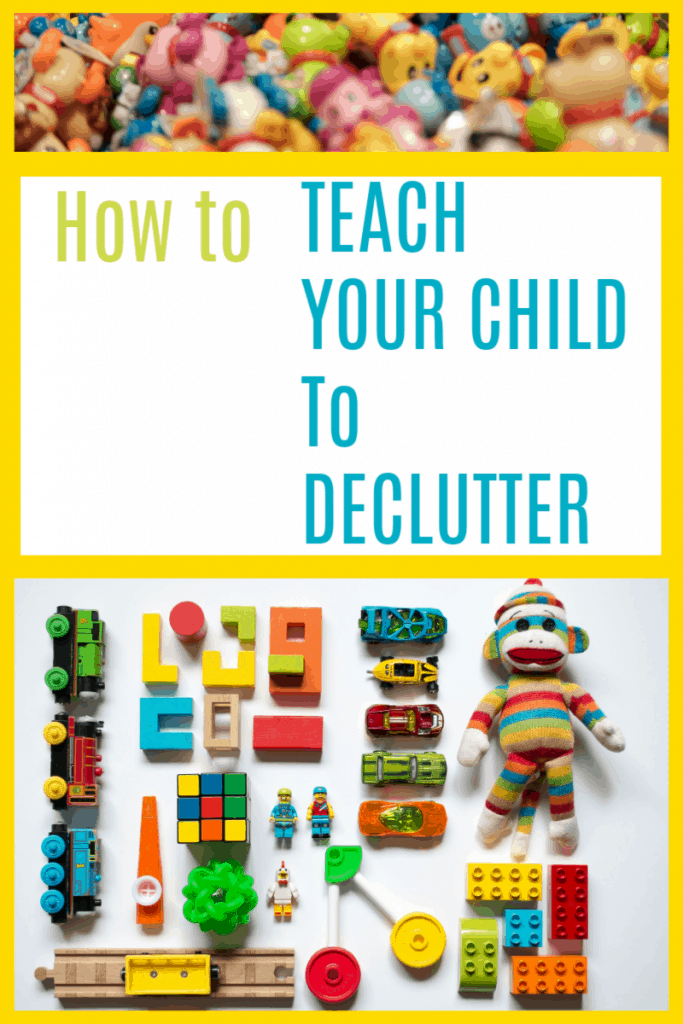
I’m the mother of three, a parent educator and professional organizer. I am often asked about teaching children to declutter and keep their rooms neat.
Teaching children how to declutter and maintain a neat space is an important life skill. The younger you teach this skill, the less stressful and more successful their life will be. And let’s be honest, the sooner they learn these skills, the less stressful your life will be, too.
How can I get my child to declutter?
- Set limits on what comes into the house.
- Don’t buy your child items that they don’t need or want.
- Don’t always reward positive behavior with items.
- Encourage family and friends to give your child experiential gifts.
- Teach children that you can hold onto happy memories and let the item go.
- Help younger children declutter by working side-by-side with them.
- Give older children an incentive to declutter.
- Allow them to keep the proceeds of a yard sale.
- Do something fun with them after decluttering.
- Talk about the benefits of decluttering so they understand the goal.
- Teach children how to declutter with the tips below.
How to Teach Your Child to Declutter
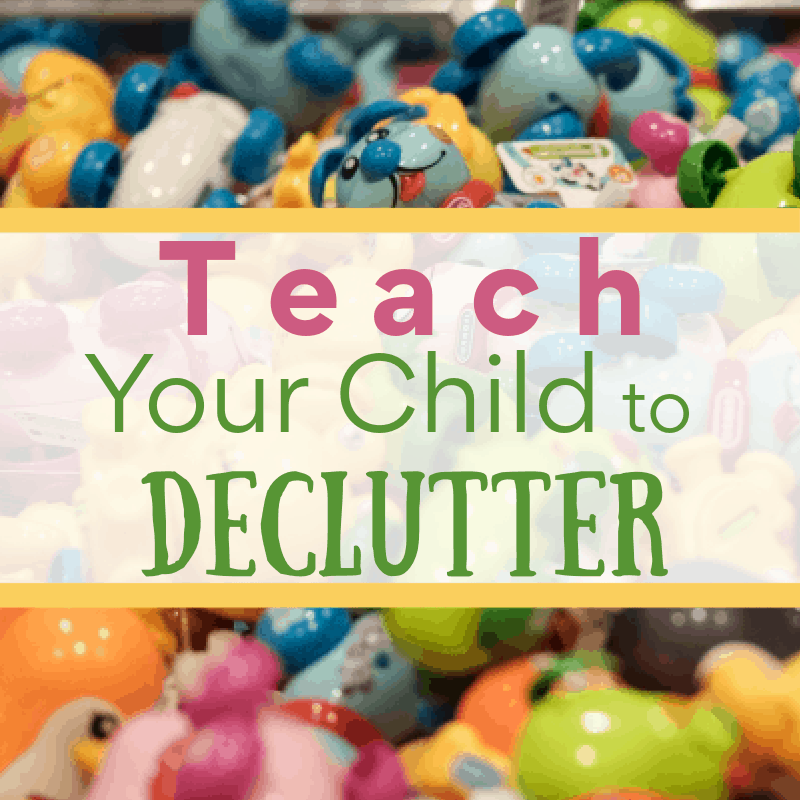
Model the Behavior
Make sure that you are already practicing all the decluttering skills that you want to teach your child. Your child watches you and everything you do. You will be much more successful in teaching them how to declutter and expecting them to keep their room neat if you are also practicing those skills.
If you need to work on your own decluttering and organizing skills, then be honest and tell your child that you will both be working on these habits together.
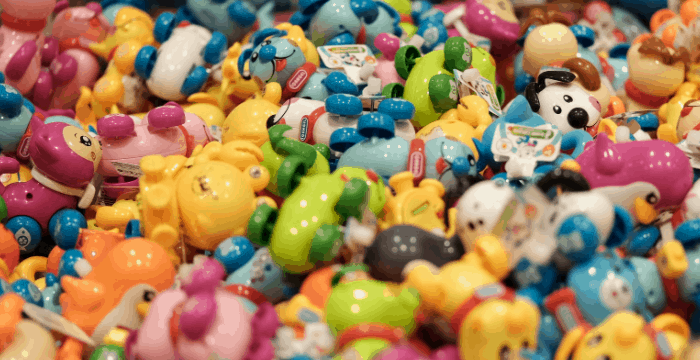
Explain Why Decluttering Is Beneficial
You want your child to understand the why of decluttering and keeping a space neat. If they understand why, they will be more likely to participate.
Why declutter:
- You’ll have more space for what you want to do.
- It’s more calming to have less clutter.
- It makes getting ready in the morning, doing homework and living in the space easier.
- It makes cleaning easier.
- It gives you more time since you don’t waste time looking for items and cleaning all those extra items.
- It give you freedom since you don’t have to spend as much time and energy taking care of all those extra items.
Take Away the Fear
Often children are afraid of losing items. When you let them make the decisions on what to keep and what to let go, it takes away the fear.

Don’t declutter your child’s belongings without asking them. It’s disrespectful and contributes to their fear and feeling that they have to hold onto everything.
Take photos of your child with special items they’re unsure about letting go. You can make a photo book of your child with favorite childhood toys and items and then let those things go. It’s a surprisingly powerful tool that helps eliminate the fear of letting sentimental items go.
Work with Your Child
This is important with younger children or children that have never decluttered before.
Block out an hour or two to work with your child in decluttering her or his room with your child.
- Take the time your child needs. Don’t rush.
- Enjoy the time together.
- Start with obvious trash to ease into the decluttering process.
- Use this time to gently teach your child how value people and not things.
- Talk about memories associated with items.
- Take photos of your child with special items so that your child can keep the memories and let the physical item go.
- Encourage your child to let items go, but let your child have the final say whenever possible.
Give Them an Incentive
Let children have the proceeds of items they declutter and sell in a yard sale or on website.
Provide an experiential reward for decluttering. It’s important that you not require a set number of items, instead require a time period or a straightened room.
Ideas for experiential rewards:
- Gets to choose dinner.
- Trip to the park.
- Gets to choose movie for family movie night.
- Gets to choose a special snack.
- Gets to stay up an hour later that night.
- Gets to choose game for family game night.
Encourage Helping Others
Talk about how items your child has outgrown or is not using can help other children. Your child may find it easier to let items go if he or she understands that the item gathering dust in your home will make another child incredibly happy.
Set Future Boundaries
Establish boundaries of how much of categories of items is enough for your family and your child’s space.
Often this will be most challenging for you. You may need to examine your reasons for buying excessive clothing, toys, shoes, etc. for your child. Put a priority on sharing experiences with your child rather than buying stuff.
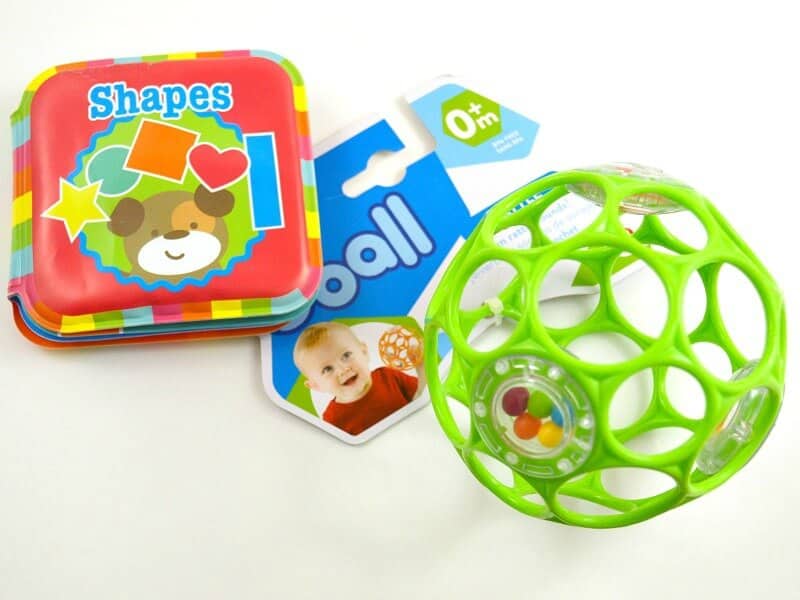
You may need to talk with family and friends about limiting the items they buy for your child. Find a solution that will work for your family and the gift giver.
- Give an experience gift that your child can share with the gift giver.
- Trip to a museum and lunch
- Movie
- Art class taken together
- Sports event attended together
- Give an experiential gift.
- Give a small physical gift and money for college.
- Give a small toy and an outfit for school.
- Give a coat or boots and a small gift.
- Contribute with you or other family members to purchase a large gift or experience.
Keep in mind that the goal is to teach your child your family values around material things and to teach important life skills. When you keep those two goals in mind, it makes teaching your child to declutter easier, less emotional and more focused.
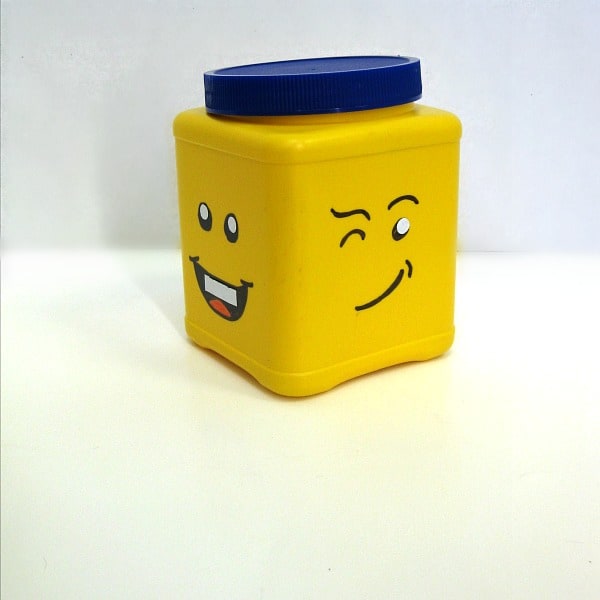
More Tips for Organizing Children’s Rooms
- Encourage Your Kids to Keep Their Room Neat
- 5 Tips for an Organized Child’s Room
- Organize Clothes for Back-to-School
- Organizing Back-to-School Kids’ Clothing
- How to Fold Clothes
- DIY Repurposed Can Lego Head Storage
- Upcycled Comic Book Can
- Upcycled Comic Book Clementine Crate
- The Best Barbie Storage Ideas
- Playroom Storage Ideas
- Chore Chart for Kids Printable

Be sure pin these tips on how to teach your child to declutter for when you need them in the future.
Find all my decluttering tips, printables and challenges in the table below. You can scroll though the table and look for ideas or search for specific ideas with the magnifying glass in the upper right-hand corner (on desktop). Click on the topic and then click through the specific article.

I’m a mom of 3, a veteran, military spouse. I’ve moved into 20+ homes all around the world. My passion is helping busy people make the space and time for what’s really important to them. Learn more about Organized 31 and me.
